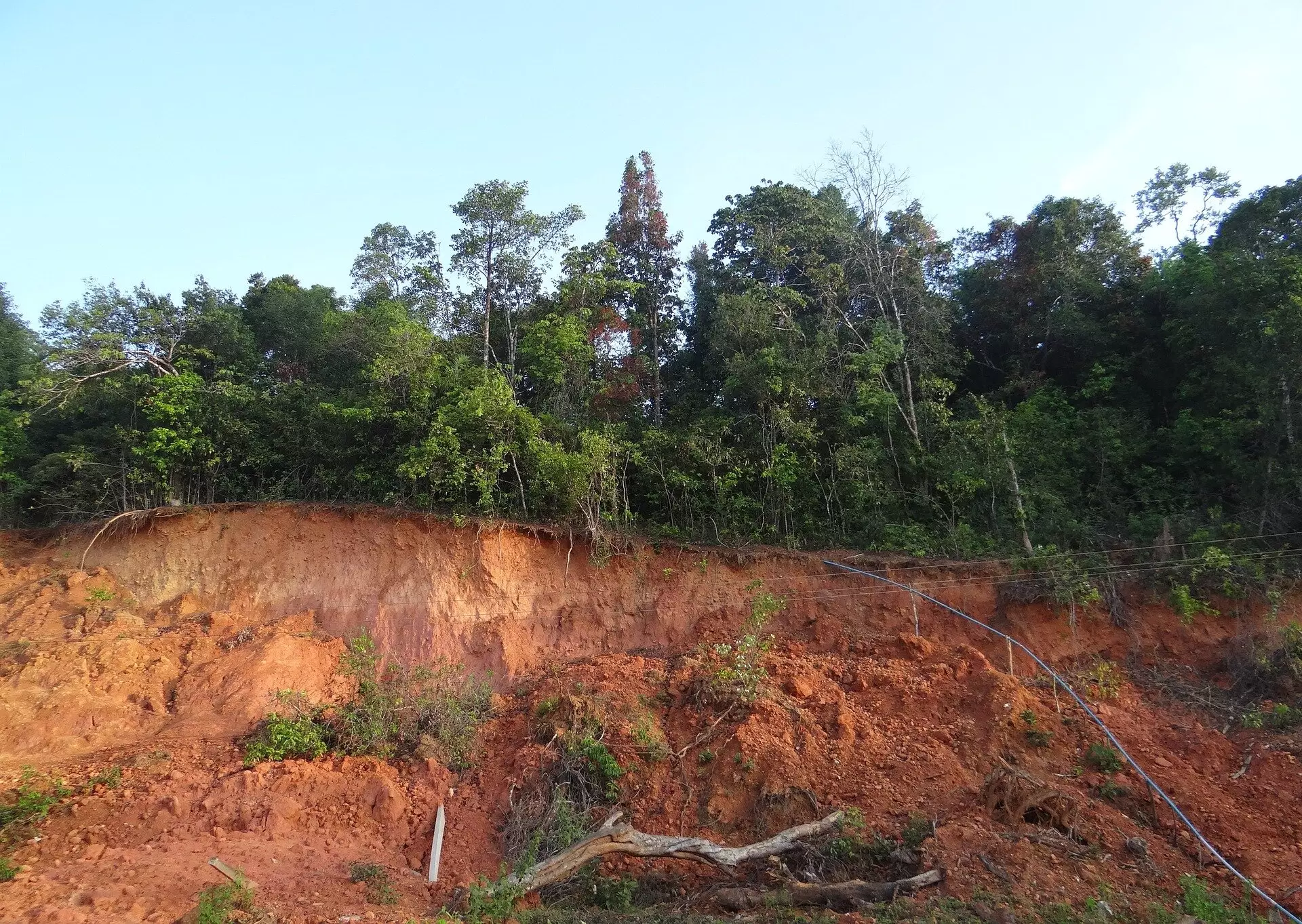Trace metals are vital nutrient elements that are necessary for the proper functioning of both animals and plants. These elements, such as zinc, are required in small amounts and can be obtained through diet or environmental exposures. However, it is important to find a balance, as deficiencies can lead to health issues while excessive amounts can be toxic. Previous research has suggested that a significant percentage of trace metals in soils and urban environments are bound to mineral grains, making them unavailable for consumption or exposure. But what exactly holds them in place?
A study conducted by researchers at Washington University in St. Louis sheds light on this question. Professor Jeffrey G. Catalano and Ph.D. candidate Greg Ledingham discovered that a common mineral known as goethite plays a crucial role in binding trace metals in soils. Goethite, an iron-rich mineral abundant in Earth’s soils, gradually incorporates trace metals into its structure, effectively locking them out of circulation. This poses a significant challenge when the trace metals are essential micronutrients but can be advantageous when they are contaminants.
The research team’s innovative approach involved utilizing a technique called isotope exchange, which enabled them to observe in real-time how metals bind, detach, and incorporate into iron oxyhydroxides. This method mimicked realistic conditions found in soils and river systems, providing valuable insights into the complex behavior of trace metals. The study revealed that the proportion of trace metals bound to goethite correlated with the ion size. Surprisingly, up to 70% of nickel, the trace metal with the smallest ionic radii in the study, remained non-recoverable, while only 8% of cadmium was irreversibly bound to goethite.
This study has significant implications for environmental scientists and policymakers. Understanding how goethite naturally traps trace metals over time can enhance our ability to predict the movement of contaminants through the environment. Additionally, this research suggests that the effectiveness of trace metal nutrients added to agricultural and garden soils may diminish after a few months. The environmental impact of goethite’s binding ability is a double-edged sword: while it aids in cleaning up soils and water supplies contaminated with metals, it also renders essential nutrients unavailable to plants and other organisms.
This study opens up new avenues for further research in the field of soil and environmental science. Exploring the behavior of other minerals and their interaction with trace metals could deepen our understanding of the intricate processes at play. Scientists need to uncover how different factors, such as pH levels and the presence of other minerals, influence the binding and release of trace metals. By doing so, we can develop more accurate models and strategies for managing soil health, agricultural practices, and the overall well-being of our ecosystems.
Trace metals are essential for the proper functioning of living organisms, but their delicate balance is easily disrupted. The research conducted by Catalano and Ledingham points to goethite as a key player in binding trace metals in soils. While this has both positive and negative consequences, it provides valuable insights into the complex relationship between nutrients and contaminants in our environment. By continuing to explore this intricate web of interactions, scientists can work towards finding innovative solutions and striking the right balance for a sustainable future.


Leave a Reply